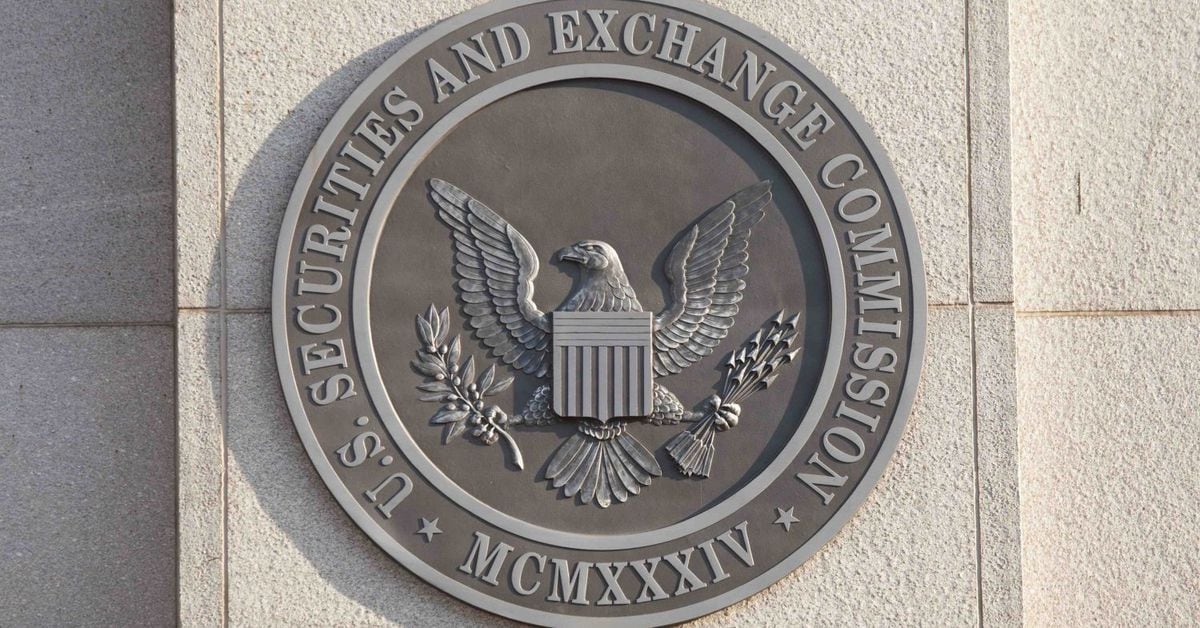
One of the most absurd things in crypto right now is Tether’s quarterly profits. The company, known as much for its controversies as its market-leading stablecoin USDT, has about 60 employees and quarterly profits above $1 billion. (At least that’s what the company is attesting to, in its latest exercise in rebuilding trust.)
Honestly, on its face, I can’t believe it. At all. Yet despite the company’s history of stating occasional half truths and outright lies, there’s no real reason to disbelieve this figure. But it just seems crazy.
On Monday, Tether released a new quarterly attestation that had some interesting metrics.
This is an excerpt from The Node newsletter, a daily roundup of the most pivotal crypto news on CoinDesk and beyond. You can subscribe to get the full newsletter here.
First, Tether holds a lot of U.S. Treasuries and a lot less private debt. Of note, it holds $55.8 billion of U.S. Treasury bills (boring old government bonds with less than 90-day maturities), $8.9 billion of overnight reverse repurchase agreements (loans financial institutions make to fulfill lending requirements) and $8.1 billion of money market funds (effectively cash). If Tether was a country, its U.S. Treasury bill horde alone would put it as the 24th largest foreign holder of treasury securities in the world nestled just between Mexico and Thailand. That in and of itself is pretty remarkable.
Second, the amount of assets Tether shows in its attestation report exceeds $86 billion which is a few billion higher than USDT’s market capitalization right now. It is worth mentioning that $2.4 billion of that is “Other Investments,” which could literally be anything. In any event, assets exceed liabilities for Tether which means it’s running an equity surplus.
Now, I admit these two things don’t feel outright unbelievable, but this from a company blog post does: “Tether’s operational profits are over $1B for the time period of April 2023 to June 2023, which corresponds to a significant 30% increase quarter over quarter.”
Ooowee.
From a per-capita perspective, Tether might honestly be a world leader in U.S. Treasuries held per-capita and operating profit per-capita. $1 billion is certainly a lot of money to take in for a company with so few employees. What could explain the company’s outsized profits?
Tether’s profitability makes sense in the context of the amount of Treasuries it holds. Interest rates have gone up a lot over the last year and Tether’s business clearly benefits from that. One-month Treasuries yield 5.378% right now, USDT yields nothing, Tether collects the difference. If you hold billions of dollars worth of Treasuries then you’re sitting on a cash cow.
Not bad work if you can get it.
There’s a lot of noise around what Tether is doing or could do with all this newfound profitability, as there has been talk about how it should reinvest its customers’ USDT collateral for years. Tether already holds $1.7 billion of bitcoin and it’s investing in other related avenues like sustainable bitcoin mining in Uruguay and a Georgia-based payment processor. Maybe Tether can buy more bitcoin or invest in a bunch more companies.
I propose an alternative. Perhaps Tether can stash some cash on its balance sheet. While U.S. Treasuries, reverse repos and money market funds are liquid (and if they become illiquid we’ll have some big problems), they aren’t quite cash.
Tether actually has let its cash balance dwindle to just $90.8 million. Down from $481 million in March 2023 and $5.3 billion in December 2022.
The dwindling is probably just Tether rolling cash into Treasuries because they yield 5.378% instead of nothing, but the trend isn’t encouraging. I know inflation is running hot and that U.S. Treasuries are basically equivalent to cash, but a lack of actual cash is exactly what doomed Silicon Valley Bank. If there is a run for USDT redemptions it would suit Tether to have more cash than less cash.
See also: Stablecoins: A Potential Counter to De-Dollarization | Opinion
In all, the speculation around Tether and USDT won’t subside, especially now that the company is apparently printing more money than it knows what to do with. The company for year’s has been plagued by regulatory issues in the U.S., which likely won’t abate.
However, there’s a very big, important caveat: Assurances and attestations are not audits. They are nothing like audits and should not be treated as such. Given the regulatory heat and legal costs Tether has already incurred, it’s unlikely the firm is lying – but attestations could certainly let it. Audits are performed to discover issues that may not have been known prior to the audit and attestations simply review how true data or information is when compared to a stated purpose.
So while attestations are a nice, rubber stamp on figures a company passes along, they don’t hold a candle to the real thing.
Source
#Tether #Bitcoin #Buying #Spree #Holding #Cash













